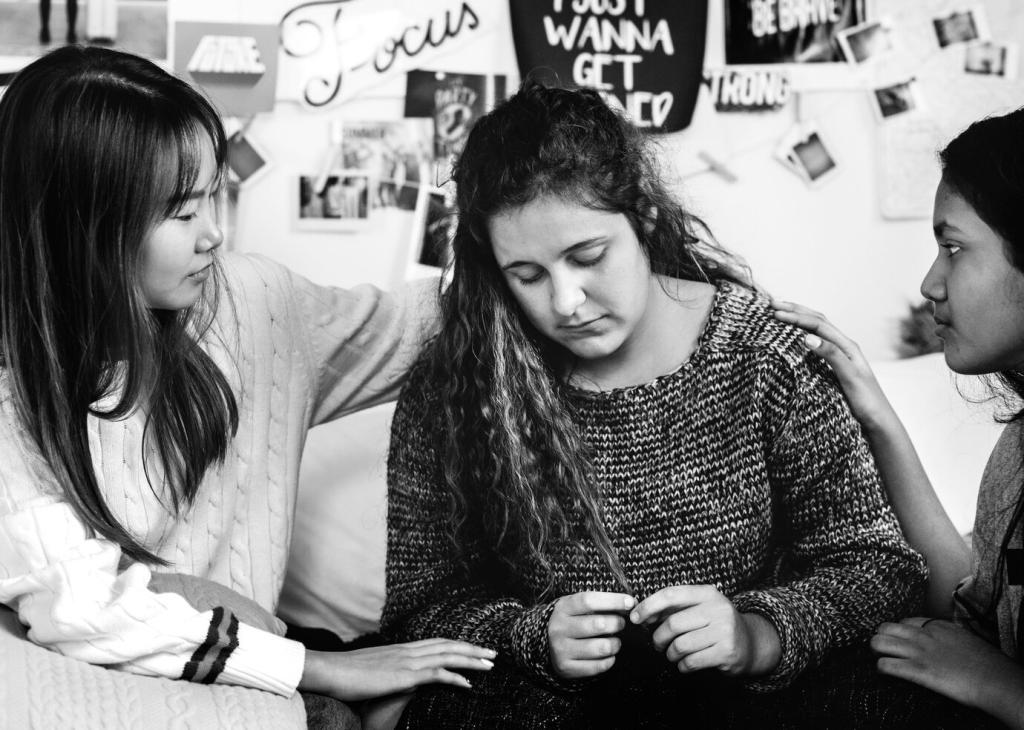Empowering digital well-being is more than controlling screen time—it is about cultivating a healthy, intentional relationship with technology that nurtures mental, emotional, and physical health. Mindful practices offer practical strategies to navigate the digital world with purpose, awareness, and balance. Through understanding, intentional action, awareness of boundaries, and community support, each of us can harness technology as a tool for growth rather than a source of stress or distraction.

The Impact of Technology on Daily Life
Technology intertwines with daily routines—work, communication, entertainment, and social interaction. While it offers unparalleled access to knowledge and connection, it can also foster distraction, anxiety, and a sense of overwhelm if left unchecked. Recognizing this duality is the first step towards digital well-being. The constant allure of notifications and the pressure to be perpetually online can erode real-world connections and reduce focus. By reflecting on how technology shapes our thoughts, behaviors, and relationships, we become more equipped to make conscious choices, fostering a healthy balance between the online and offline worlds.

Recognizing Signs of Digital Fatigue
Digital fatigue manifests as irritability, reduced concentration, and emotional exhaustion stemming from excessive or unmindful device usage. Understanding these signs early is crucial for maintaining well-being in an always-connected culture. Common indicators include trouble sleeping after screen usage, feeling anxious or stressed when separated from devices, and a persistent urge to check notifications. Recognizing these patterns allows individuals to take timely action—such as scheduling breaks or limiting exposure—to protect their energy and mental clarity. Cultivating digital awareness leads to healthier engagement, allowing for improved productivity and emotional resilience.
Strategies for Mindful Technology Use

Boundaries are vital for ensuring technology serves, rather than dictates, our lives. Designing structured routines—such as device-free mornings or dedicated offline time before sleep—creates opportunities for rest and genuine connection. These practices reduce the risk of burnout and foster a sense of calm and order in daily life. By mindfully scheduling technology use, individuals can protect moments that truly matter, such as meals with family, personal reflection, or creative pursuits. The result is greater productivity, heightened presence, and a richer experience both online and offline.
Setting Healthy Boundaries with Technology
Each individual’s balance with technology is unique. Defining personal limits requires honest reflection on when and how digital engagement is most beneficial—and when it becomes detrimental. For some, this may mean scheduling daily device-free breaks, while for others, it might involve designating “technology Sabbaths” on weekends. Establishing these boundaries creates a clear framework that encourages intentional living and quality downtime. It also empowers users to confidently say “no” to unnecessary demands for their attention, nurturing a healthier sense of autonomy.

